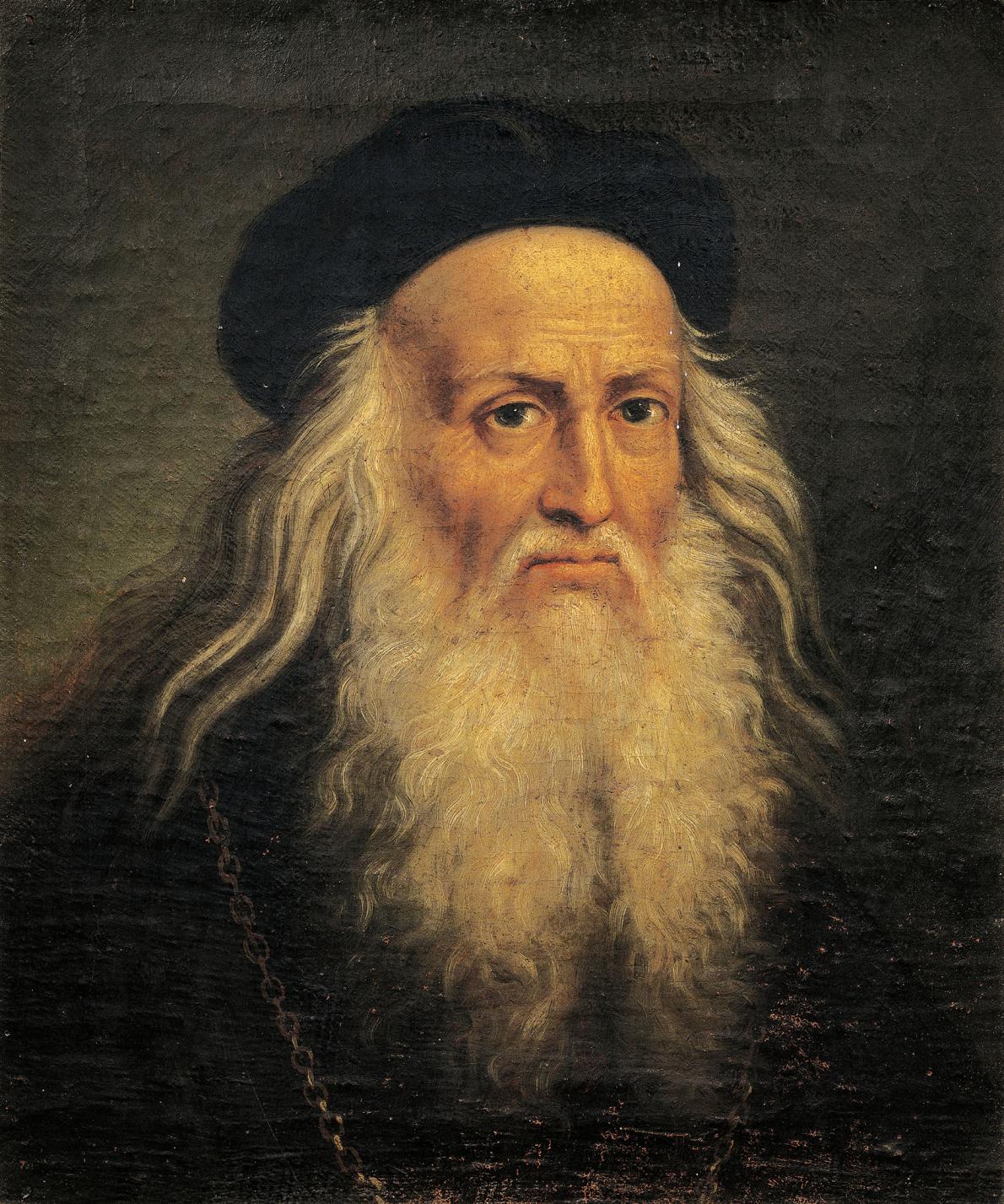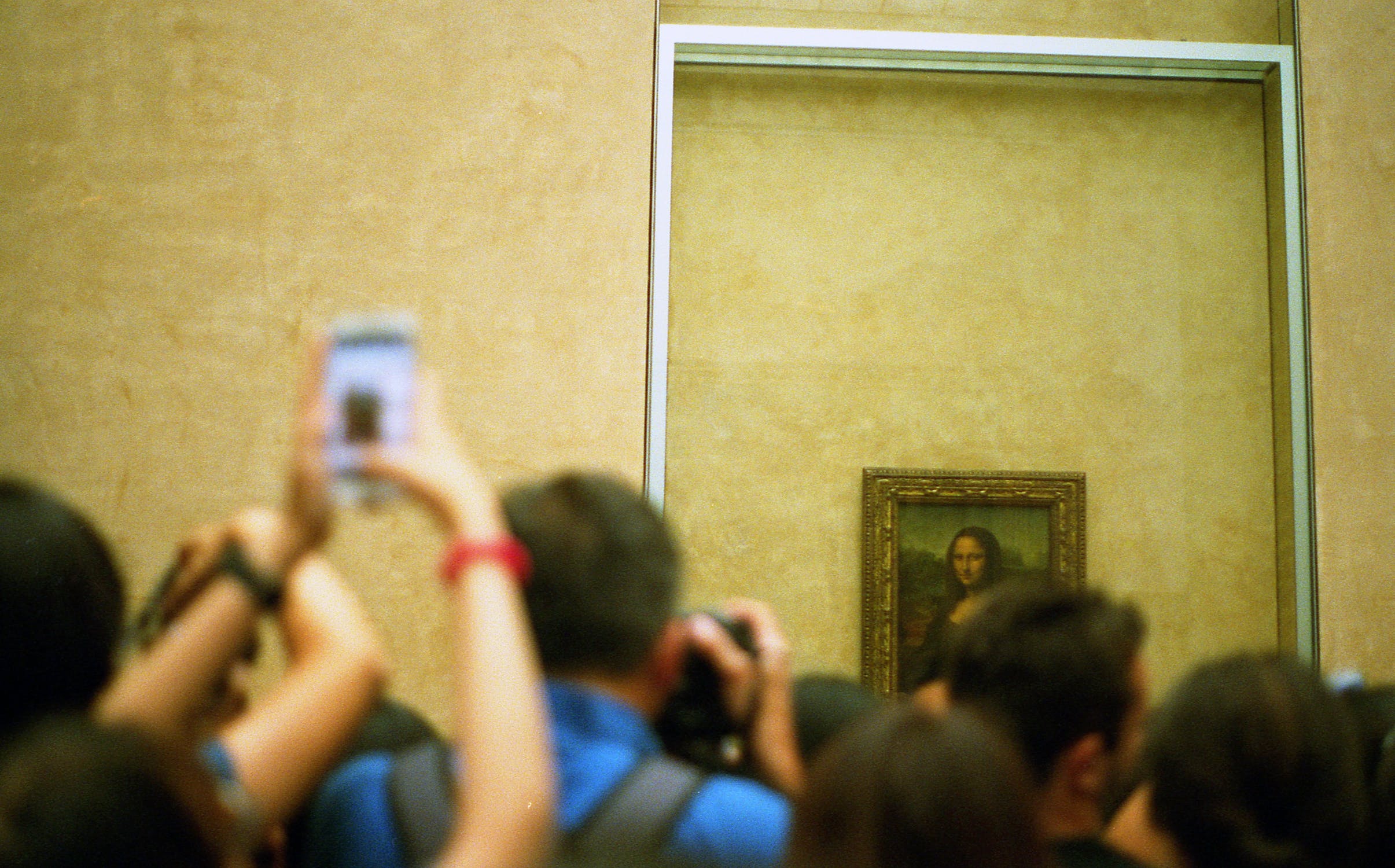What Does the Greatest Polymath and Creative Business People Have in Common?
January 14, 2020 ~ Written by: W.B. “Bud” Kirchner
Approx. Read Time: 9 Minutes
Context
“Art is the beautiful way of doing things. Science is the effective way of doing things. Business is the economic way of doing things.” – Elbert Hubbard
Business (like life) is arguably at its best when it is earmarked by creativity and/or innovation.
This is relevant to the theme of the Business Brain Model given the neuroscience and psychological perspectives because so much of what we do at Kirchner Group is creative, innovative, and more often than not, multidisciplinary in nature. Throughout the decades, Kirchner Group has been internationally recognized for its unique business model centered around creating value while promoting values focused on the context of: “earning while returning”. The firm has also established a reputation for building and rebuilding important business and social paradigms based on our deep entrepreneurial orientation. In fact, we like to think that as we approach an unprecedented four decades as a boutique, it is largely based on these initiatives. You can find many examples at www.kirchnergroup.com.
In order to perpetuate this success, we constantly seek examples to learn from. Some of them do not come from the world of business. It is with all this background that we make reference to the incredible Leonardo da Vinci.
How does da Vinci relate to a series devoted to neuroscience and business?
In short, we celebrate this artist/scientist because his multidisciplinary orientation combined with relentless curiosity can also serve as an inspiration in business.
The tie in with art – science – business per the Business Brain Model is straightforward. The brain is uniquely equipped to assemble information from so many perspectives and create a ‘view of the world’ that reflects the synergies, salient aspects etc. that lead to performance in this context.
Accomplishments
“The difficulty lies not so much in developing new ideas as in escaping from old ones.” – John Maynard Keynes
Da Vinci was considered one of the greatest polymaths of all time. In addition to being an inventor, he was also an engineer, artist, architect, biologist, geologist, historian, cartographer and musician. In fact, twenty-first-century scholars at MIT (#2) ranked him the sixth most influential person who ever lived.
Not that this article is intended to be a litany of da Vinci accomplishments, but the breadth and depth does help to support our rationale for using him as a frame of reference.
Da Vinci created some of the greatest paintings (#1) and inventions (#3) of the Renaissance:
- Annunciation
- John the Baptist
- Virgin of the Rocks
- Ginevra de’Benci
- The Last Supper
- Mona Lisa
- Vitruvian Man
- Portrait of a Man in Red Chalk
- Embryo in the Womb
- Perpetual motion model
- Gear system
- Self-propelled cart
- Giant crossbow
- Ornithopter
- Mobile bridge
- Armored vehicle
- Helical air screw
- Prelude to modern parachute
Imagine a list of equivalent accomplishments in business!
Lessons Learned
“Business is more of an Art than a science.” – Sandeep Maheshwari
The following sections are intended to ‘look under the covers’ on this phenomena.
Behaviorial (Psychology) Perspective
Per Isaacson in his universally acclaimed book (#4), the following are the twenty “lessons” as illustrated by da Vinci:
- Relentlessly curious
- Seek knowledge for its own sake
- Retain a childlike sense of wonder
- Observe
- Start with the details
- See things unseen
- Go down rabbit holes
- Get distracted
- Respect facts
- Procrastinate
- Let the perfect be the enemy of the good.
- Think visually
- Avoid silos
- Let your reach exceed your grasp
- Indulge fantasy
- Create for yourself not just patrons
- Collaborate
- Make lists
- Take notes
- Be open to a mystery
In this same context, the highly touted Simon Sinek (#8) reflected a related perspective. “When people talk about innovators and leaders, you usually get words like vision and charisma. The one characteristic that I am very comfortable saying that all remarkable leaders in big business, small business, not-for-profit, military, government and the arts have to have is courage.”
Neuroscience Perspective
“Entrepreneurship is neither a science nor an art. It is a practice.” – Peter Drucker
As we survey the literature, a fairly recent publication summarizes what seems to be going on.
Meyer et al (#5) coordinated studies, examining this creativity phenomena:
“What underlies the ability to successfully engage in distal simulations? The initial behavioral study establishes that creative experts indeed succeed at engaging in vivid distal simulations, compared to less creative individuals. (Study 2) corresponded with more vivid distal simulations across temporal, spatial, social, and hypothetical domains. Study 3 used neuroimaging to identify the neural mechanism supporting creative experts’ simulation success.”
What seems most relevant is the third point which focuses on the salient observation.
“Creative experts preferentially engage a distinct neural mechanism (the dorsomedial subsystem of the default network).”
Clearly, the default network is key to how we might develop/enhance this ability.
As it turns out, we have written several articles (going back as many as five years) that touch on this. In particular:
- TPN vs. DMN – Neural Mechanisms and Mindfulness
- TPN vs. DMN – Brain Structure and Mindfulness
- Daniel Kahneman Meets Dalai Lama
Review
“The true value of a human being is determined primarily by the measure and the sense in which he has attained liberation from the self.” – Albert Einstein
Repeated here is a summary of “TPN and DMN” that we shared over two years ago that still accurately describes each network with further perspective via quotes from others.
- It is important to note: A well-balanced DMN helps us plan activities, contemplate future activities that are based on past events, and remember important parts of your personal history: particularly autobiographic – episodic memories.
-
- “I have known a great many troubles but most of them never happened.” – Mark Twain
- The TPN is active during ‘attention-demanding’ tasks and includes our conscious attention towards the external environment. This happens through our various senses, towards our internal condition, and to the intentional execution of physical and mental action.
-
- “Only that day dawns to which we are awake.” – Henry David Thoreau, Walden
We close with a review of the Issaacson book (#4) which clearly relates to a reliance on the default network:
“Walter Isaacson weaves a narrative that connects his art to his science. He shows how Leonardo’s genius was based on skills we can improve in ourselves, such as passionate curiosity, careful observation, and an imagination so playful that it flirted with fantasy.”
This seems like something all business people should cultivate!
Bibliography
- Artist Editorial, The – 25 Most Famous Leonardo Da Vinci Paintings and Drawings
- Richard Gunderman – 8 things you may not know about Leonardo da Vinci, on the 500th anniversary of his death
- Daisy Hernandez – 500 Years Later: Celebrating Leonardo da Vinci’s Life and Inventions
- Walter Isaacson – Leonardo da Vinci
- Meghan L. Meyer, Hal E. Hershfield, Adam G. Waytz, Judith N. Mildner, and Diana I. Tamir – Creative Expertise Is Associated With Transcending the Here and Now
- Jonathan Pevsner – The Mind of Leonardo Da Vinci
- Cath Pound – Leonardo da Vinci’s lost masterpieces
- Simon Sinek – Leaders Eat Last: Why Some Teams Pull Together and Others Don’t
Relevant Business Brain Model articles:
- A Neuroscience Perspective on Enhancing Innovation
- Creating Innovation: A Recipe for Innovation Stew
- TPN vs. DMN – Neural Mechanisms and Mindfulness
- TPN vs. DMN – Brain Structure and Mindfulness
- Daniel Kahneman Meets Dalai Lama
About the Author: W.B. “Bud” Kirchner is a serial entrepreneur and philanthropist with more than 50 years of business success. He is not a scientist or an academic but he does have a diversified exposure to neuroscience, psychology and related cognitive sciences. Generally speaking, the ideas he expresses here are business-angled expansions of other people’s ideas, so when possible, he will link to the original reference.


